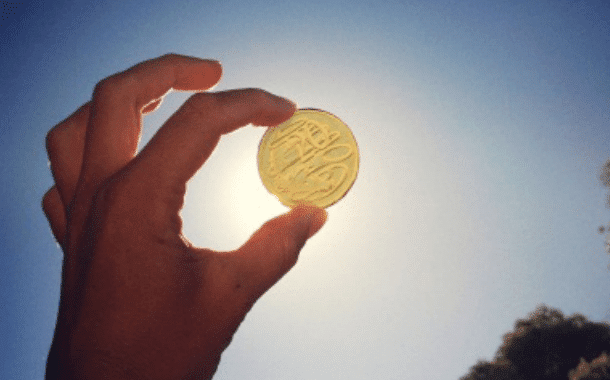by Stephen Koukoulas
23 July 2015
The Australian dollar has been in freefall.
“Smashed†was the description from a foreign exchange trader friend noting that since the peak of US$1.1080 during 2011, the dollar is now below US 75c and many strategists are now forecasting a fall below US70c and with a real risk of US60c over the next year.
The Australian dollar’s fall of more than US 35c from its recent peak is substantial and reflects a buildup of negative news concerning the economy.
Recently, I noted the escalation in Australia’s net foreign debt as one factor that is risking international investor confidence.
Of the many other factors that tend to drive the level of the Australian dollar, almost all have been negative and are suggesting that, in the near term, there are still substantial downside risks.
Commodity prices have fallen sharply, many dropping to their lowest level in a decade. A global glut of mining production and moderating growth in demand for such commodities has seen the Reserve Bank of Australia index of commodity prices (which is based on Australia’s export base) fall 52.9% in US dollar terms between the peak in July 2011 and June 2015.
Another negative influence, which is likely to persist for some time, is the record low level for Australian interest rates. At 2%, rates are higher than in most other industrialised economies, but the gap with the rest of the world is starting to narrow.
This lowers the yield premium to foreign investors and has been a factor that has seen lower capital inflows into Australian capital markets.
Compounding the interest rate differential issue is the likelihood of interest rate increases from the US Federal Reserve. With the US economy now expanding at a solid pace, the prospect for higher interest rates has already seen the US dollar appreciate against all major currencies, including the Australian dollar. As interest rate hikes are delivered, the appeal of the US as an investment destination will be enhanced at a cost to other countries, including Australia, where interest rates are likely to be stable or even lower.
It is a similar picture in Britain, where the Bank of England has indicated a strong probability of interest rate hikes over the medium term.
Not all of the news is negative for the Australian dollar.
International investors look to sovereign risk as a vital factor when allocating their investment flows around the world. One easily understood and well accepted measure of risk is each country’s sovereign credit rating. Since 2011, Australia has had a triple-A rating from the three major credit ratings agencies – Moody’s, Standard & Poor’s and Fitch.
Low levels of government debt, a credible profile towards budget surplus, sustained economic growth and policy flexibility remain the key factors behind this top credit rating. While the triple-A rating remains in place, Australia remains a favoured investment destination for global fund managers and there will be continuing demand for Australian dollar assets.
With so many moving parts and drivers, it remains a difficult task to know which way the Australian dollar will go over the medium term.
The case for expecting the dollar to fall further seems to be easier to make than for a rise.
However, if in the next few months, global economic conditions improve, commodity prices find a floor and start to edge higher, and the RBA moves towards a bias to increase rates, the dollar could start to appreciate. As an example of this upside risk, the price of iron ore, Australia’s largest export earner, is currently above the budget forecast and is well above the low point reached two months ago.
In terms of interest rate differentials, the recent data on consumer prices shows that inflation is no longer decelerating and the case for further interest rate cuts is weakening. Indeed, there is the growing possibility that the next interest rate move will be up.
The fall of the Australian dollar is providing a substantial stimulus to the economy. With the price of imported goods and services increasing as a result, domestic firms competing on the international stage (tourism, education, wine, some manufacturing) are getting a substantial boost.
Export incomes are markedly higher with the dollar at current levels rather than above parity. This suggests stronger economic conditions ahead and that the Aussie dollar has fallen far enough and could soon be poised for a move higher.

